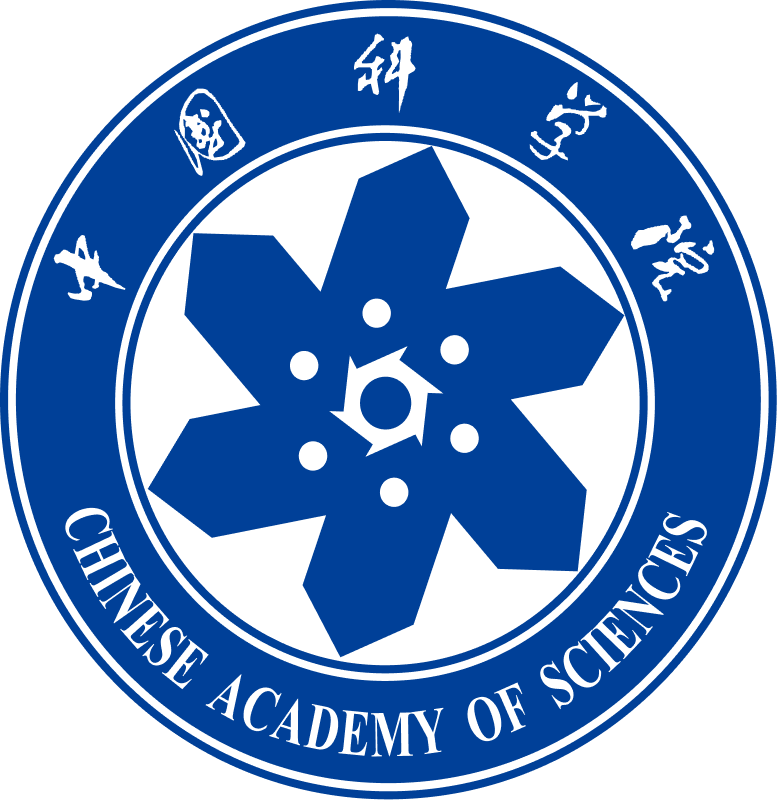Triplet excited states
Creating advanced metal catalysts for artificial photosynthesis to improve water oxidation and CO2 reduction.
This project focused on developing advanced metal catalysts for artificial photosynthesis, which oxidise water and reduce carbon dioxide efficiently under thermal and photochemical conditions. This study explored phosphorescent transition metal complexes with long-lived triplet excited states for solar energy conversion. These complexes, particularly those incorporating inexpensive and biocompatible metals like iron, are designed to undergo proton-coupled multi-electron transfer reactions, essential for water oxidation and CO2 reduction. The research also explored the integration of these metal complexes with nanocarbon and semiconductor materials for enhancing CO2 conversion, exploring alternative energy sources.
-

Original project funded for three years from 2012
Key topics
- Transition metal complexes
- Water oxidation
- CO2 reduction
- Triplet excited states
- Photocatalyst development
Directors

Chi Ming Che
Professor at the University of Hong Kong

Wenfu Fu
Professor at the CAS Technical Institute of Physics and Chemistry, Beijing
Other projects




Stay in the loop!
Subscribe to keep up with the latest from Croucher Foundation.


